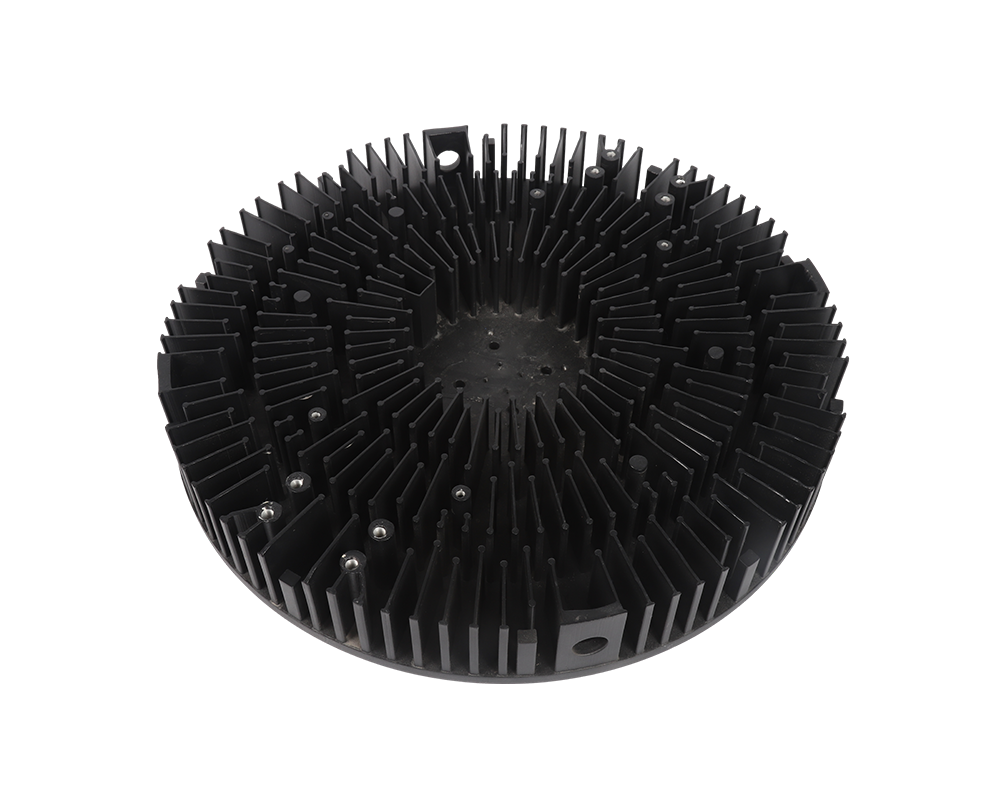2024-03-06 hits:0 source:News

Aluminum alloy die casting internal cracks will affect the performance of die casting products, so today to take stock with you to detect aluminum alloy die casting internal cracks what are the methods?
1. Ultrasonic inspection
Ultrasonic inspection and ultrasonic thickness measurement of various metal pipes, plates, castings, forgings and welds. When the ultrasonic wave encounters cracks, holes, segregation and other defects in the propagation process, the acoustic parameters of the ultrasonic wave such as sound speed, amplitude, frequency will change. According to the measurement of these changes by the instrument, the existence of the defect can be determined and its specific location can be determined
An ultrasonic pulse (usually 1.5MHz) is fired from the probe at the object being detected. If there is an internal defect, there is an interface between the defect and the material, some of the ultrasonic waves shot by people will be reflected or refracted at the defect, some of the unidirectional transmission of ultrasonic energy will be reflected, and the energy through this interface will be correspondingly reduced. At this time, the reflected wave at the defect can be received in the reflection direction. The ultrasonic energy received in the direction of propagation will be lower than normal, both of which can prove the existence of defects. During the inspection process, the performance of the probe to receive the pulse signal can also check the location and size of the defect. The former is called the reflection method, and the latter is called the penetration method.
2. Magnetic particle detection
It is suitable for non-destructive testing of ferromagnetic materials such as casting, forging and other machining parts.
3. Uv light
Low price, high reliability, simple operation, check the leakage of various pipes, whether the coating is uniform, the detection of impurities or stains, semiconductor and biological fields, medical and stage artistic effects.
4. X-ray inspection
X-ray detection can be divided into X-ray, gamma ray and high-energy X-ray detection.
X-ray photographic flaw detection is based on the attenuation law of rays in substances and the photochemical and fluorescent effects of some substances. From the point of view of ray intensity, when the radiation intensity is J0, the radiation through the workpiece is weakened to JC due to the attenuation of the workpiece material to the radiation. If the workpiece is defective, because the actual thickness of the workpiece passed by the ray at that point is reduced, the intensity of the ray passed is greater than that of the Ja and Jb without the defect point. From the point of view of the photochemical effect of the ray on the negative, the part of the strong ray has a strong photochemical effect on the negative, that is, the amount is large. After darkroom treatment, the highly sensitive film turns black. Therefore, the defects in the workpiece produce black marks on the negative through the rays, which is the detection principle of radiographic inspection.
Read recommendations:
Two major factors in die-casting mold factories ensure the quality of die-casting parts
How to solve the problem of casting cracking in die-casting factories
lf you have any questions or comments, you can leave us a message and we will reply to you as soon as possible
